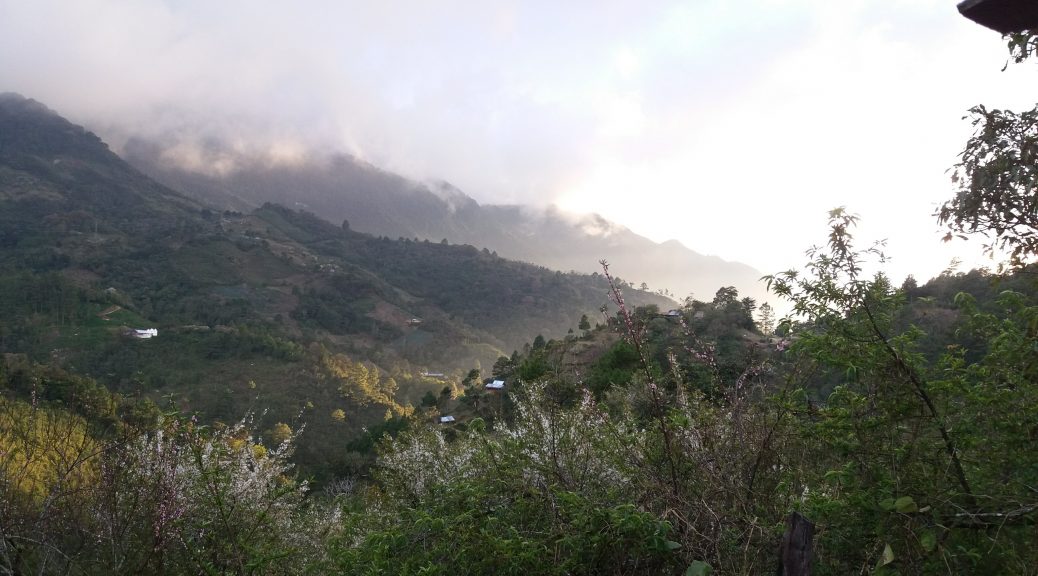Tag Archives: featured
Valencia: remembering Madrid, activities, host families and classes
Spain 2022
Madrid, Toledo, Cordoba, Valencia
(families and school)
May 24
At the time of writing, we have been in Spain exactly two weeks—two weeks ago to the hour, we were en route to the airport, trying to imagine how we would navigate … Continue Reading ››
Guatemala: Weekend trips, Halfway Mark & Hope
Guatemala: Weekend Trips, Halfway Mark, & Hope
With March upon us, it’s clear that time is flying by. While some days may seem long, the weeks truly are short. As we continue to attend the final days of Spanish classes during the week, the weekends serve as memorable and educational … Continue Reading ››
Guatemala Immersion
Now that we’ve passed the 1-month mark, settled into host families and Spanish classes, figured out the public transport system, gotten comfortable with our surroundings, etc., we’ve realized that we’re here to stay for a little while.
The honeymoon phase is a thing of the past and some days feel … Continue Reading ››
One Month in Chiang Mai
In Journal Snippets
-Kate Szambecki
September 18, 2021
I am currently sitting at the laundromat. It’s outside (covered) and you must take your shoes off. It’s very nice.
We flew to Bangkok, then Chiang Mai, and were greeted by YMCA staff and university interns, … Continue Reading ››
Quarantine on Phuket
Posted 14 September 2021
Today, we arrived in Phuket, and I write this as I hungrily wait for dinner. I am looking forward to sleeping in a bed because we had about 38 hours of travel. Driving through Phuket felt surreal. There were pineapple stands and little shops and so … Continue Reading ››
On Leaving Guatemala
3.31.20
“What does it mean to pack up your bags and go somewhere new? To leave family, friends, school, your way of living… and just restart in a new place, a new country perhaps? Well, these were my thoughts when we first left the United States in January, and I had similar feelings as we left … Continue Reading ››
Guatemala: Joy in the Highlands
Feb. 24, 2020
We are told there is bad in the world. We are told of war, malnutrition, poverty, starvation. But to what extent do we truly understand how these bad things look in the everyday lives of people who are no different from ourselves? This weekend we got the amazing opportunity to live in the … Continue Reading ››
Guatemala: Faith Expressions
Feb. 17, 2020
Thirty days here
Lots of new experiences
So many questions...
Crowded buses but
The sweetest people you’ll meet.
Greeted with hugs and kisses
Yet divided through language.
Hot weather makes a beautiful day
long walks to and from school.
New people in your life
means long lasting friendships.
Volcán de Pacaya. Antigua.
Cerró de la Cruz. Markets.
Just a few places that encompass
the vast beauty of … Continue Reading ››











